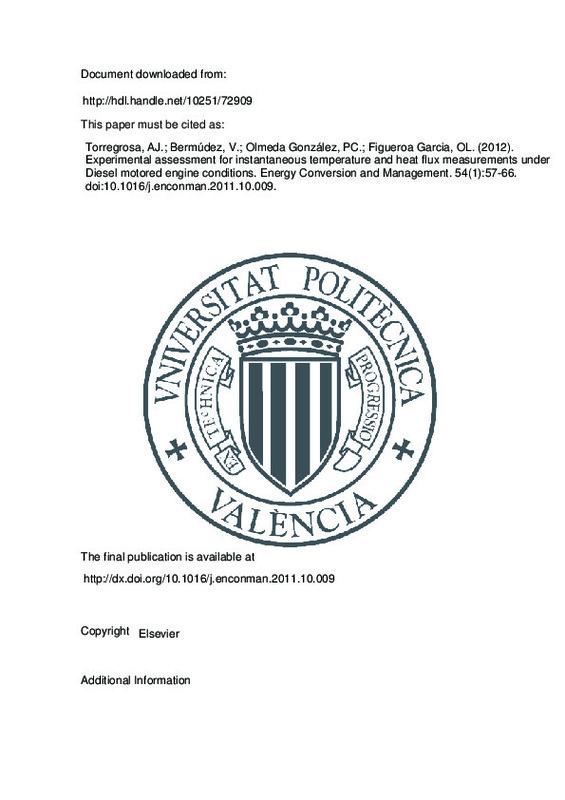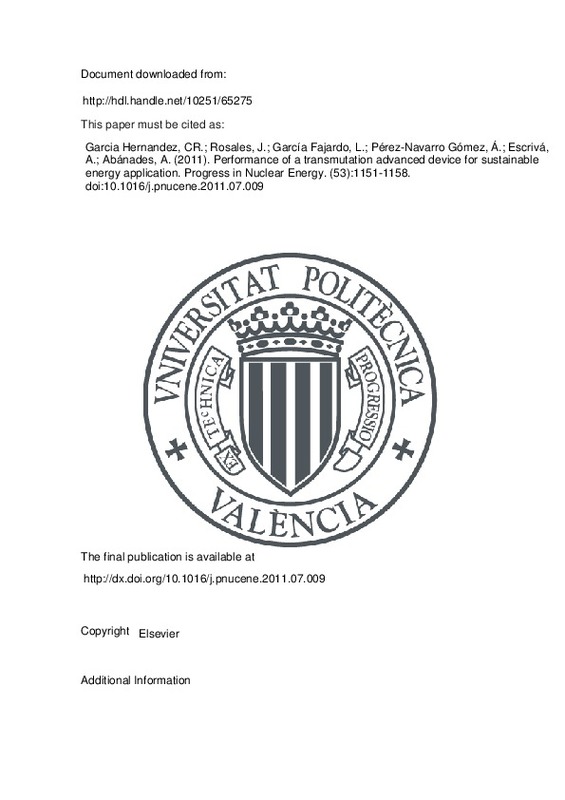Abudu S, Bawazir AS, King JP (2010) Infilling missing daily evapotranspiration data using neural networks. J Irrig Drain Eng. doi: 10.1061/(ASCE)IR.1943-4774.0000197
Alavi N, Warland JS, Berg AA (2006) Filling gaps in evapotranspiration measurements for water budget studies: evaluation of a Kalman filtering approach. Agric For Meteorol 141(1):57–66
Al-Ghobari HM (2000) Estimation of reference evapotranspiration for southern region of Saudi Arabia. Irrig Sci 19(2):81–86
[+]
Abudu S, Bawazir AS, King JP (2010) Infilling missing daily evapotranspiration data using neural networks. J Irrig Drain Eng. doi: 10.1061/(ASCE)IR.1943-4774.0000197
Alavi N, Warland JS, Berg AA (2006) Filling gaps in evapotranspiration measurements for water budget studies: evaluation of a Kalman filtering approach. Agric For Meteorol 141(1):57–66
Al-Ghobari HM (2000) Estimation of reference evapotranspiration for southern region of Saudi Arabia. Irrig Sci 19(2):81–86
Allen RG (1996) Assessing integrity of weather data for reference evapotranspiration estimation. J Irrig Drain Eng 122(2):97–106
Allen RG, Smith M, Perrier A, Pereira LS (1994) An update for the calculation of reference evapotranspiration. ICID Bull 43(2):35–92
Allen RG, Pereira LS, Raes D, Smith M (1998) Crop evapotranspiration. Guidelines for computing water requirements. FAO Irrigation and Drainage, paper 56. FAO, Rome
ASCE Task Committee (2000) Artificial neural networks in hydrology. II: Hydrological applications. J Hydrol Eng ASCE 5(2):124–137
Bishop CM (1995) Neural networks for pattern recognition. Oxford University Press, Oxford
Doorenbos J, Pruitt WO (1977) Crop water requirements. FAO irrigation and drainage paper 56. FAO, Rome
Falge E, Baldocchi D, Olson R, Anthoni P, Aubinet M, Bernhofer C, Burba G, Ceulemans R, Clement R, Dolman H, Granier A, Gross P, Grunwald T, Hollinger D, Jensen N, Katul G, Keronen P, Kowalski A, Lai CT, Law BE, Meyers T, Moncrieff J, Moors E, Munger JW, Pilegaard K, Rannik U, Rebmann C, Suyker A, Tenhunen J, Tu K, Verma S, Vesala T, Wilson K, Wofsy S (2001a) Gap filling strategies for defensible annual sums of net ecosystem exchange. Agric For Meteorol 107(1):43–69
Falge E, Baldocchi D, Olson R, Anthoni P, Aubinet M, Bernhofer C, Burba G, Ceulemans R, Clement R, Dolman H, Granier A, Gross P, Grunwald T, Hollinger D, Jensen N, Katul G, Keronen P, Kowalski A, Lai CT, Law BE, Meyers T, Moncrieff J, Moors E, Munger JW, Pilegaard K, Rannik U, Rebmann C, Suyker A, Tenhunen J, Tu K, Verma S, Vesala T, Wilson K, Wofsy S (2001b) Gap filling strategies for long term energy flux data sets. Agric For Meteorol 107(1):71–77
Hagan MT, Menhaj MB (1994) Training feedforward networks with the Marquardt Algorithm. IEEE Trans Neural Netw 5(6):989–993
Hagan MT, Delmuth H, Beale M (1996) Neural network design. PWS Publishing Company, Boston
Hargreaves GH, Samani ZA (1985) Reference crop evapotranspiration from ambient air temperature. Appl Eng Agric 1(2):96–99
Haykin S (1999) Neural networks. A comprehensive foundation. Prentice Hall International Inc., New Jersey
Hornik K, Stinchcombe M, White H (1989) Multilayer feedforward networks are universal approximators. Neural Netw 2:359–366
Hui D, Wan S, Su B, Katul G, Monson R, Luo Y (2004) Gap-filling missing data in eddy covariance measurements using multiple imputation (MI) for annual estimations. Agric For Meteorol 121(1–2):93–111
Jensen ME, Burman RD, Allen RG (1990) Evapotranspiration and irrigation water requirements. ASCE manuals and reports on engineering practices 70. American Society of Civil Engineers, New York
Jensen DT, Hargreaves GH, Temesgen B, Allen RG (1997) Computation of ETo under nonideal conditions. J Irrig Drain Eng 123(5):394–400
Khalil M, Panu US, Lennox WC (2001) groups and neural networks based streamflow data infilling procedures. J Hydrol 241(3–4):153–176
Kim S, Kim HS (2008) Neural networks and genetic algorithm approach for nonlinear evaporation and evapotranspiration modeling. J Hydrol 351(3–4):299–317
Kişi Ö (2006a) Evapotranspiration estimation using feed-forward neural networks. Nord Hydrol 37(3):247–260
Kişi Ö (2006b) Generalized regression neural networks for evapotranspiration modelling. Hydrol Sci J 51(6):1092–1105
Kişi Ö (2007) Evapotranspiration modelling from climatic data using a neural network computing technique. Hydrol Process 21:1925–1934
Kişi Ö (2008) The potential of different ANN techniques in evapotranspiration modelling. Hydrol Process 22:1449–2460
Kişi Ö (2009) Modelling monthly evaporation using two different neural computing techniques. Irrig Sci 27(5):417–430
Kumar M, Raghuwanshi NS, Singh R, Wallender WW, Pruitt WO (2002) Estimating evapotranspiration using artificial neural network. J Irrig Drain Eng 128(4):224–233
Kumar M, Bandyopadhyay A, Raghuwanshi NS, Singh R (2008) Comparative study of conventional and artificial neural network-based ETo estimation models. Irrig Sci 26(6):531–545
Landeras G, Ortiz-Barredo A, López JJ (2008) Comparison of artificial neural network models and empirical and semi-empirical equations for daily reference evapotranspiration estimation in the Basque Country (Northern Spain). Agric Water Manag 95(5):553–565
Landeras G, Ortiz-Barredo A, López JJ (2009) Forecasting weekly evapotranspiration with ARIMA and artificial neural network models. J Irrig Drain Eng 135(3):323–334
Llasat MC, Snyder RL (1998) Data error effects on net radiation and evapotranspiration estimation. Agric For Meteorol 91(3–4):209–221
Marquardt D (1963) An algorithm for least-squares estimations of nonlinear parameters. J Soc Ind Appl Math 11(2):431–441
Martí P, Gasque M (2010) Ancillary data supply strategies for improvement of temperature-based ETo ANN models. Agric Water Manag 97(7):939–955
Martí P, Gasque M, Royuela A (2010a) Discussion of ‘forecasting weekly evapotranspiration with ARIMA and artificial neural network models’. J Irrig Drain Eng 136(6):440–444
Martí P, Royuela A, Manzano J, Palau G (2010b) Generalization of ETo ANN models through data supplanting. J Irrig Drain Eng 136(3):161–174
Martí P, Royuela A, Manzano J (2010c) Assessment of a 4-input artificial neural network for ETo estimation model through data set scanning procedures. Irrig Sci. doi: 10.1007/s00271-010-0224-6
Martínez-Cob A (1996) Multivariate geostatistical analysis of evapotranspiration and precipitation in mountainous terrain. J Hydrol 174(1–2):19–35
Matlab (2007) Users’ manual version 7.4.0 R2007a. The MathWorks Inc., Natick
Prechelt L (1998) Automatic early stopping using cross validation: quantifying criteria. Neural Netw 11(4):761–767
Rahimi A (2008a) Comparative study of Hargreaves’s and artificial neural network’s methodologies in estimating reference evapotranspiration in a semiarid environment. Irrig Sci 26(3):253–259
Rahimi A (2008b) Artificial neural network estimation of reference evapotranspiration from pan evaporation in a semiarid environment. Irrig Sci 27(1):35–39
Sarle WS (1995) Stopped training and other remedies for overfitting. In: Proceedings of the 27th symposium on the interface of computing science statistics, Pittsburgh, pp 352–360
Sharma ML (1985) Estimating evapotranspiration. In: Hillel D (ed) Advances in irrigation, vol 3. Academic Press, London
Stöckle CO, Kjelgaard J, Bellochi G (2004) Evaluation of estimated weather data for calculating Penman-Monteith reference crop evapotranspiration. Irrig Sci 23:39–46
Sudheer KP, Gosain AK, Ramasastri KS (2003) Estimating actual evapotranspiration from limited climatic data using neural computing technique. J Irrig Drain Eng 129(3):214–218
Temesgen B, Eching S, Davidoff B, Frame K (2005) Comparison of some reference evapotranspiration equations for California. J Irrig Drain Eng 131(1):73–84
Trajkovic S (2005) Temperature-based approaches for estimating reference evapotranspiration. J Irrig Drain Eng 131(4):316–323
Trajkovic S, Kolakovic S (2009) Estimating reference evapotranspiration using limited weather data. J Irrig Drain Eng 135(4):443–449
Trajkovic S, Todorovic B, Stankovic M (2003) Forecasting of reference evapotranspiration by artificial neural networks. J Irrig Drain Eng 129(6):454–457
Zanetti SS, Sousa EF, Oliveira VPS, Almeida FT, Bernardo S (2007) Estimating evapotranspiration using artificial neural network and minimum climatological data. J Irrig Drain Eng 133(2):83–89
[-]






![[Cerrado]](/themes/UPV/images/candado.png)




